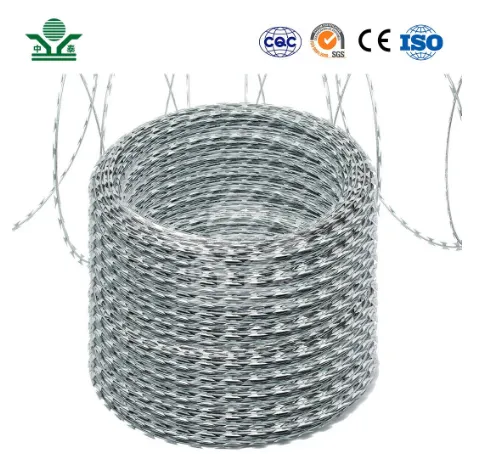Sound Absorbing Barriers A Comprehensive Overview
In our increasingly urbanized world, noise pollution has become a pressing concern for both public health and environmental quality. Sound absorbing barriers, also known as acoustic barriers, have emerged as a pivotal solution to mitigate noise from roadways, railways, and industrial areas. These structures serve to absorb sound waves, thereby reducing the intensity of noise that reaches nearby residential and commercial areas.
The Importance of Sound Absorption
Sound waves travel through different mediums, and when they encounter barriers, part of their energy is reflected and part is absorbed. The effectiveness of a barrier in reducing noise depends on various factors including its material composition, thickness, height, and the nature of the sound waves it is intended to mitigate. Sound absorbing materials, such as fiberglass, foam, and specific polymers, are often utilized in the construction of these barriers. Their unique properties allow them to convert sound energy into negligible amounts of heat, significantly diminishing the sound that escapes into surrounding environments.
Design and Functionality
The design of sound absorbing barriers is critical for their success. Barriers need to be tall enough and strategically placed to intercept sound before it travels to residential areas. A well-designed barrier can reduce noise levels by 10 decibels or more, effectively cutting the perceived sound level in half. Furthermore, the integration of vegetation with sound barriers can enhance their effectiveness; green walls not only provide additional sound absorption but also contribute positively to the aesthetic appeal of an area.
Innovative designs are also emerging that incorporate technology to improve sound absorption capabilities. Modular systems allow for easy installation and adjustments, which can be tailored according to specific needs and environmental considerations.
sound absorbing barriers

Environmental Considerations
Apart from their acoustic benefits, sound absorbing barriers contribute to improving overall urban environments. By reducing noise pollution, they help create quieter living spaces, which is essential for the well-being of residents. There are also advancements in using eco-friendly materials for these barriers, thereby minimizing ecological impacts. Sustainable materials can enhance the longevity of these structures while simultaneously addressing noise concerns.
Challenges and Future Directions
Despite their effectiveness, the implementation of sound absorbing barriers faces several challenges. These include cost, public acceptance, and the need for comprehensive planning to ensure they are placed effectively. As urban areas continue to expand, ongoing research into more effective materials and designs will be crucial. Future developments may also focus on the integration of smart technologies, such as sensors that measure noise levels and adjust the acoustic properties of barriers in real-time.
Conclusion
Sound absorbing barriers are an essential component of contemporary urban planning, helping to manage noise pollution and improve quality of life. As technology advances and more eco-friendly solutions are discovered, these barriers will continue to evolve. Their role in creating quieter, more sustainable urban spaces is more important than ever, promising a future where cities are not only livable but also pleasant to inhabit. Investing in sound absorbing barriers represents a commitment to a healthier, more serene environment for all.
-
Why Galvanized Trench Cover Steel Grating Resists Corrosion
NewsJul.10,2025
-
The Versatility and Strength of Stainless Expanded Metal Mesh
NewsJul.10,2025
-
Load Calculations in Steel Grating Platforms
NewsJul.10,2025
-
Keeping Pets and Kids Safe with Chicken Wire Deck Railing
NewsJul.10,2025
-
Hole Diameter and Pitch for Round Perforated Metal Sheets
NewsJul.10,2025
-
Aluminium Diamond Mesh in Modern Architecture
NewsJul.10,2025
Subscribe now!
Stay up to date with the latest on Fry Steeland industry news.

